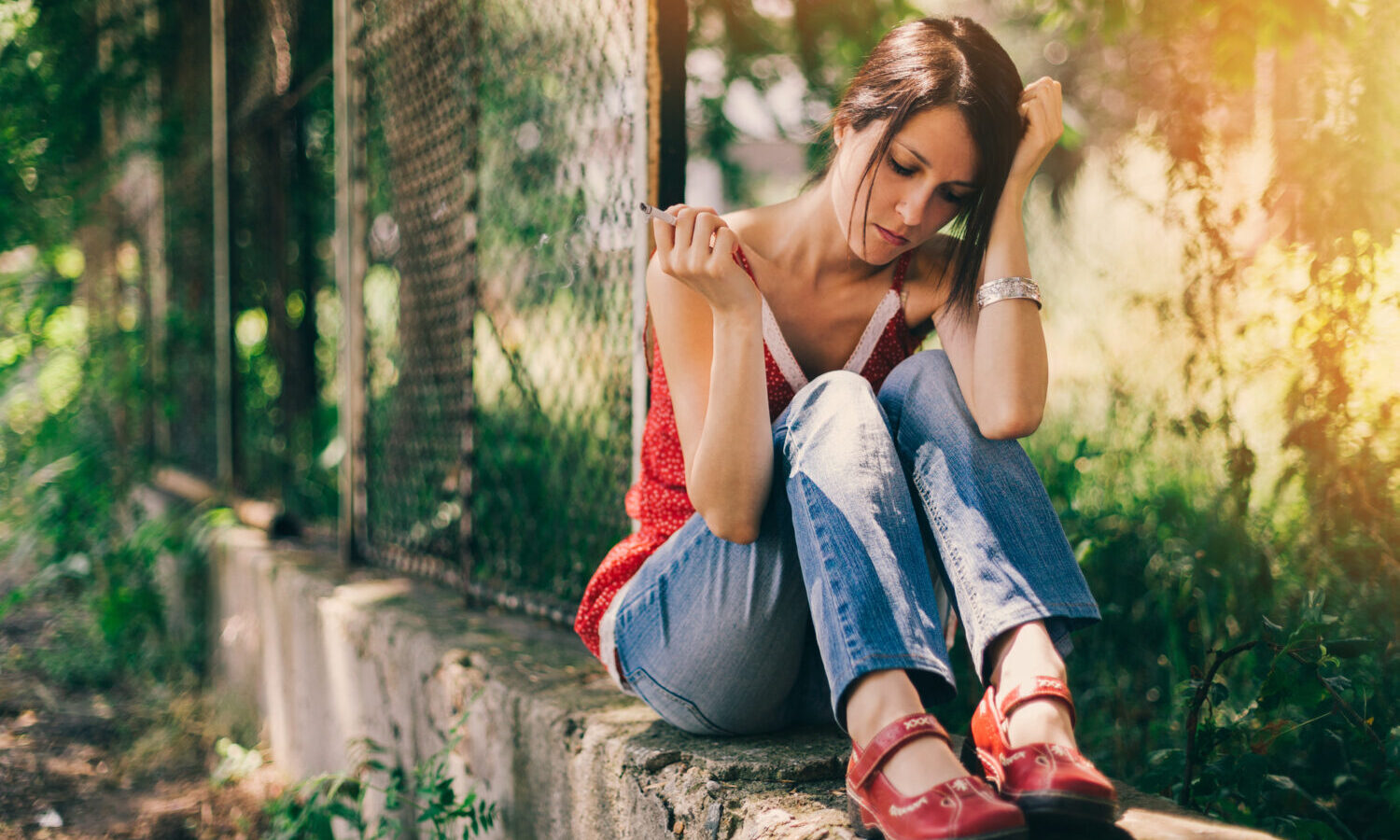A growing body of research evidence shows that marijuana can reduce anxiety symptoms, including separation and social anxiety.
According to the American Psychological Association, anxiety is a major depressive disorder or mental health issue characterized by fear, worried thoughts, and tension. It also causes physical changes, such as increased heartbeat, shaking, trembling, panic attacks, and high blood pressure.
Although each person has different symptoms related to anxiety, the typical signs and symptoms of anxiety disorder are restlessness, emotional distress, feelings of worry, concentration problems, increased irritability, sleep apnea, insomnia, panic disorder, social phobia, behavioral change, mood disorders, etc.
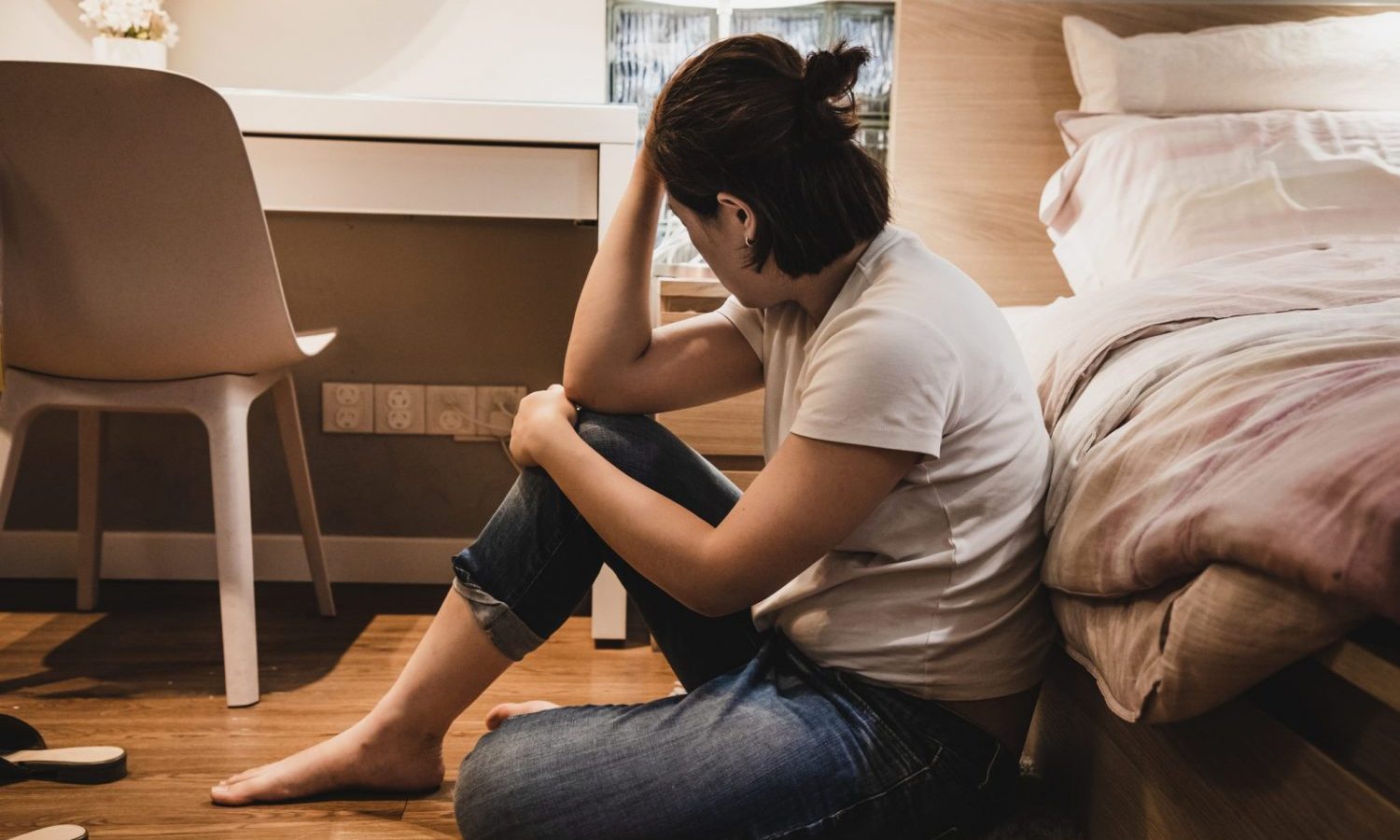
Causes of Anxiety
Causes of anxiety vary from person to person. Many people have a single symptom that causes distress, while some have multiple symptoms. However, the most common causes of anxiety include:
- Environmental triggers or external stimuli, such as relationship problems, family issues, financial difficulties, or challenges in maintaining a better work-life balance, can cause anxiety.
- Studies show that genetics can also cause anxiety. For example, if your father, mother, or grandparents had anxiety, the chances are that you may suffer from the condition.
- Major depressive disorders such as stress and depression, can increase anxiety levels. Although medications like antidepressants, narcotics, and chronic pain relievers can ease tension, some people have side effects after prolonged use.
While antidepressants are a good option for anxiety, they may also elevate the condition. In addition, hormonal changes during pregnancy, neurological disorders, neuropathic pain, neck and back pain, and chemical imbalances in the brain that increase cortisol production can also cause anxiety.
The Endocannabinoid System
Understanding the endocannabinoid system is essential before using cannabis indica or Sativa strains for anxiety and other depressive disorders. The endocannabinoid system encompasses three critical components: 1). Endocannabinoids, 2). Receptors 3). Enzymes.
Endocannabinoids, also known as endogenous cannabinoids, are natural molecules your body produces. Although these molecules are similar to cannabinoids, the difference is that your body makes them via biological mechanisms.
Endocannabinoid receptors exist throughout the body and play a critical role in sending and receiving signals from and to the central nervous system. CB1 and CB2 receptors are the primary cannabinoid receptors. The formers exist in the central nervous system, and the latter in the peripheral nervous system, including the immune system.
Endocannabinoid enzymes are an integral part of the system and act as a catalyst to streamline metabolism and regulate the endocannabinoid function at neuronal and peripheral levels.
A research study published on NCBI states that the endocannabinoid system is crucial in streamlining various body functions, including appetite and digestion, reducing chronic pain, optimizing metabolism, triggering inflammatory responses, and strengthening the immune system.
It also improves mood, learning, memory, sleep, sensory and motor control, heart function, muscle development, musculoskeletal formation, skin and nerve function, and the reproductive system. Understanding the endocannabinoid system is essential because it lets you determine and analyze how marijuana treats anxiety.

Marijuana for Anxiety
A 2017 research study shows that over 9,000 people in the United States said that marijuana, including indica and sativa strains, offers a wide range of health benefits, including anxiety relief.
About 50% of the study participants noted that marijuana reduced stress, depression, and anxiety symptoms. Cannabis users must understand that marijuana contains two primary active ingredients: THC and CBD.
RELATED: Does CBD Help With Social Anxiety? What The Latest Medical Studies Say
The first is a psychoactive compound that can make a person “high.” The second one, CBD, is a non-psychoactive compound primarily used for medical purposes. The psychoactive effects of THC can overcome depressive symptoms.
THC vs. CBD
THC stands (tetrahydrocannabinol) is a primary cannabinoid found in marijuana or cannabis plant. The compound gets you “high” and interacts with the endocannabinoid system through receptors.
In addition, THC is a potent compound with a strong affinity for CB1 and CB2 receptors. Binding to the CB1 and CB2 receptors positively affects your mind and body by reducing pain, stimulating appetite, and decreasing anxiety and stress.
On the other hand, CBD (cannabidiol) is another cannabinoid found in cannabis products. Compared to THC, CBD does not make you “high” and has fewer side effects. Many studies have proven that CBD accurately interacts with numerous receptors of the endocannabinoid system.
However, there is a need for more research to determine whether CBD interacts with both CB1 and CB2 receptors. The good news is that CBD found in the cannabis plant or marijuana can treat various health conditions, including:
- Inflammation
- Epilepsy
- Headaches
- Migraines
- Stress
- Depression
- Anxiety
- Autoimmune disorders
- Post-traumatic stress disorder
- Pain relief
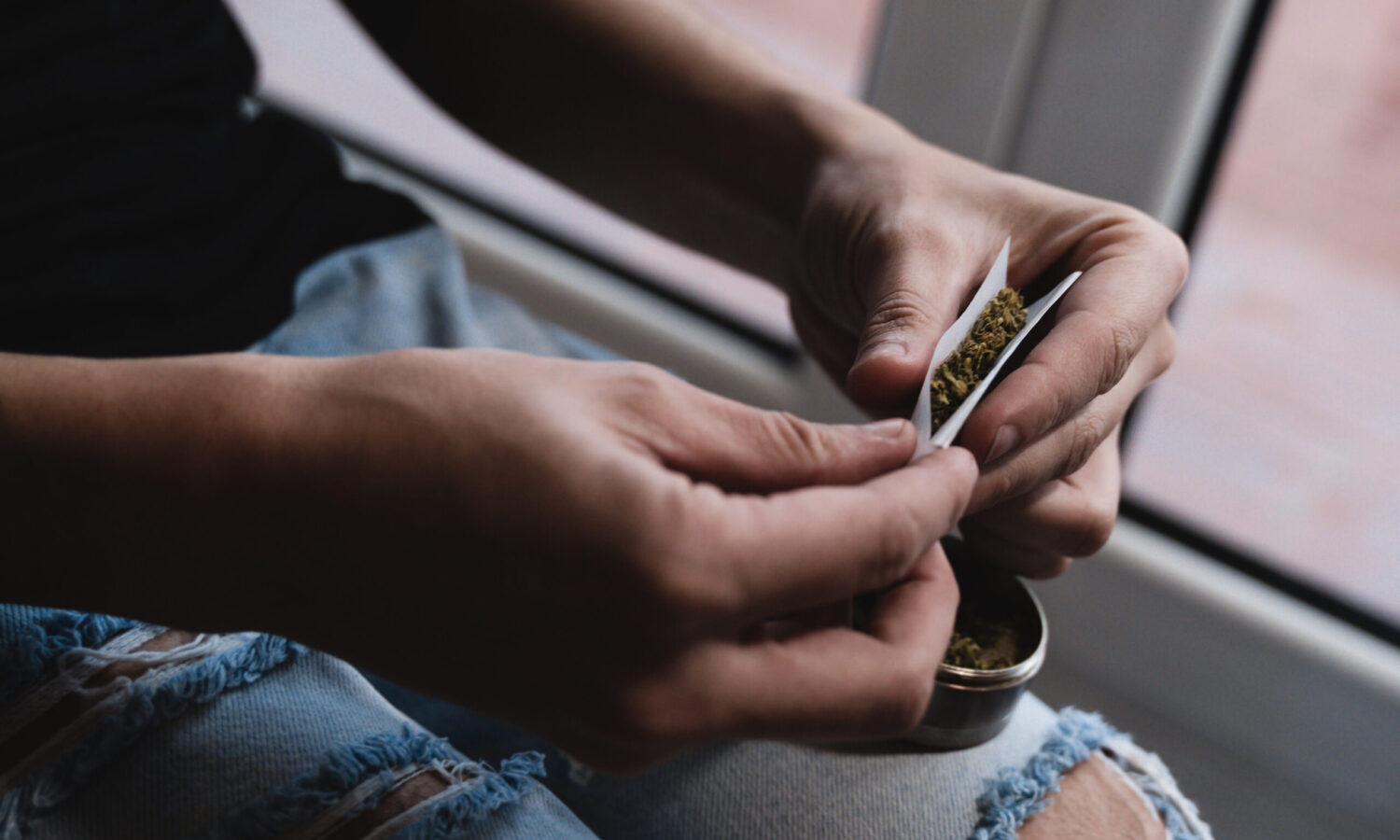
The Difference Between Indica and Sativa and Hybrid
Indica and sativa are the two primary types of cannabis plants or marijuana. Both are the best strains and are beneficial for various medical conditions. Both strains are excellent anxiety treatments.
However, sativa has more energizing and invigorating effects, relieving stress, depression, and anxiety and improving focus, concentration, and creativity. Cannabis sativa can also treat a wide range of health conditions.
Let us differentiate between the indica, sativa, and hybrid strains to help you make an informed decision and choose a product that best fits your needs.
Indica
Knowing the CBD to THC ratio is crucial to understanding the unique effects of indica on your brain. Indica strains have a high CBD content and mild to moderate THC. Indica strain or marijuana can produce calming effects, reduce nausea, increase appetite, reduce discomfort, and relieve pain.
Experts recommend consuming indica at night because it has physical relaxation effects. Hindu Kush, Granddaddy Purple, and Afghan Kush are the most popular indica plants or strains available in pharmacies.
RELATED: Is All Weed Basically The Same? Here’s What Scientists Recently Found
In addition, indica is an excellent marijuana product and a reliable relaxation source for many people. So, it can reduce the symptoms of depression, stress, anxiety, and bipolar disorder.
Likewise, indica can improve muscle relaxation, release mental exhaustion, increase appetite, boost dopamine and serotonin levels, and decrease acute and chronic pain and digestive disorders, such as nausea, vomiting, and cramps.
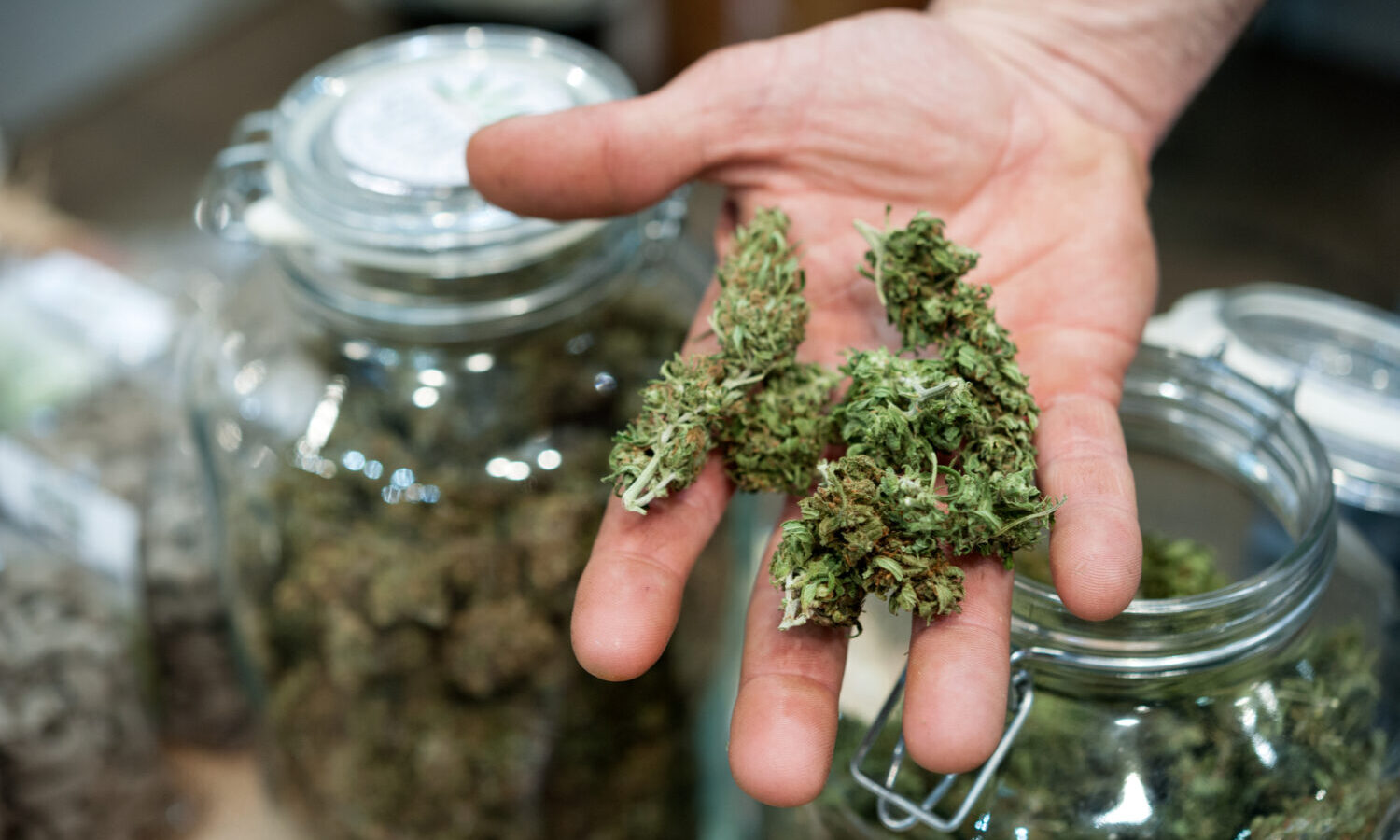
Sativa
Sativa is a form of marijuana with a different CBD to THC ratio compared to indica strains. Sativa has higher doses of CBD and lower doses of THC. The primary difference between indica and sativa is that the former does not make you “high,” and the latter can produce “high” effects on your brain.
However, studies show that sativa is more energizing and can reduce anxiety-related symptoms efficiently and quickly. You can use sativa-dominant strains to improve relaxation, increase creativity, and boost productivity.
Because sativa has excellent stimulating effects, you can use it in the daytime. Durban Poison, Panama Red, and Acapulco Gold are the most popular sativa strains available in pharmacies. These products can help you achieve the desired effects.
Some studies highlight that sativa has a THC to CBD ratio that may not wholly overcome anxiety symptoms. Fidgeting, increased heart rate, hypertension, and nervousness are common signs of anxiety.
Although sativa can increase your energy levels and produce euphoric effects, it may not treat nervousness or consciousness. In a nutshell, sativa is good for depression, chronic inflammation/pain, focus/concentration, creativity, productivity, serotonin production, and increased relaxation in the daytime.
Hybrid
Hybrid forms of marijuana that contain both indica and sativa strains have become popular recently. Grown in greenhouses and on farms, hybrids combine indica and sativa strains.
Regarding the CBD to THC ratio, scientists and researchers increase the THC percentage in hybrids to ensure the compound interacts with CB1 and CB2 receptors and produces anti-anxiety effects.
Hybrids also benefit people who undergo radiotherapy, radiation therapy, or chemotherapy. Using hybrids during daytime or nighttime depends on the user’s specific needs and the effects of the chemical compounds. Some people prefer the daytime use of hybrids for deep relaxation.
Various popular hybrids strains include indica-dominant or indica-dom and sativa-dominant or sativa-dom or sativa-dominant hybrid. Some hybrids have a balanced THC and CBD ratio and equal concentration of indica and sativa strains. Blue Dream, Trainwreck, and Pineapple Express are popular hybrids on the market.
Factors to Consider When Choosing Between Indica and Sativa
How to choose the best cannabis strains? Different strains have different effects on people suffering from anxiety. Many men and women do not understand whether indica or sativa plants are beneficial for major depressive disorders like stress, depression, and anxiety.
Both indica and sativa are popular strains. There are various factors to consider when choosing strains of cannabis or between the two marijuana strains for anxiety. The purpose is to select the right strain. So, consider the following elements or characteristics to make an informed decision.
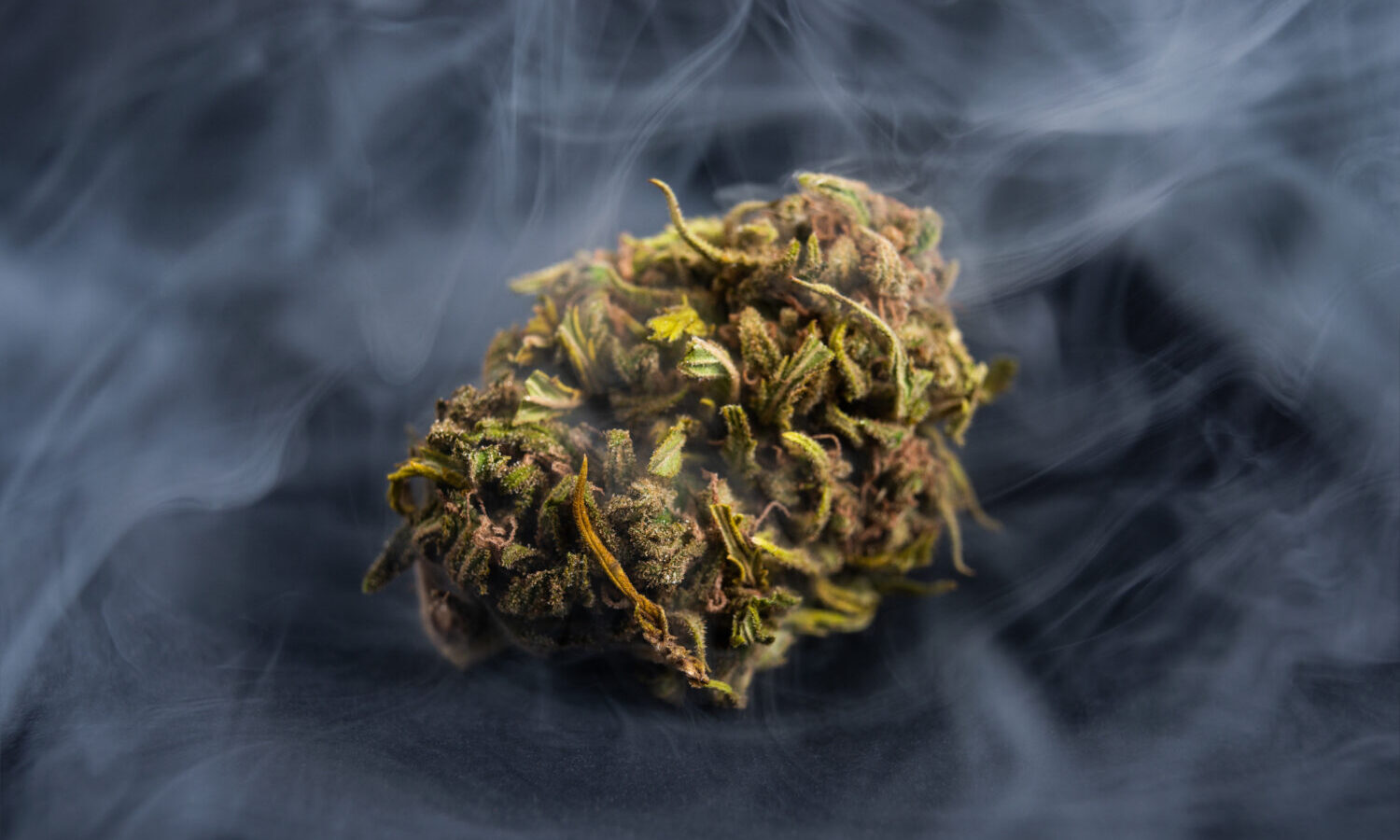
Chemotype
Chemotype is a primary factor when choosing between indica and sativa strains. Chemotype refers to the ratio of THC and CBD for the strain. Bear in mind that the increase and decrease of THC or CBD can improve or reduce the effects of marijuana on CB1 and CB2 receptors.
So, make sure you know the CBD to THC ratio before choosing a specific strain. Depending on your needs, you can select THC-dominant, CBD-dominant, or balanced marijuana strains.
Terpene
Although many people ignore consider terpene profile, it is an essential factor because it determines the taste and smell of a strain. Remember, this can positively or negatively impact the therapeutic effects of a strain on your body and mind. Therefore, you must determine the terpene profile of sativa or indica to make an informed decision.
Potency
Potency is another crucial factor when deciding between indica or sativa strains. A strain’s overall potency is essential to determine before consuming marijuana. For example, a strain that contains over 20% THC produces a “higher” effect than a strain with 5% or 10% THC. Remember, potency usually applies to THC because it is a compound that makes people high.
Final Words
A growing body of research evidence shows that marijuana can reduce anxiety symptoms, including separation and social anxiety. However, marijuana with low THC levels can decrease stress/anxiety efficiently and quickly.
On the other hand, marijuana with high THC doses can increase the risk of stress and anxiety. However, lower doses can relieve anxiety. Moreover, CBD-dominant indica or sativa can decrease anxiety disorders at all doses without any side effects because this compound does not make you “high.”
Remember, each individual responds differently to marijuana. Therefore, you must thoroughly research and consult a marijuana doctor before consuming the substance.
This article originally appeared on Cannabis.net and has been reposted with permission.

